.png)


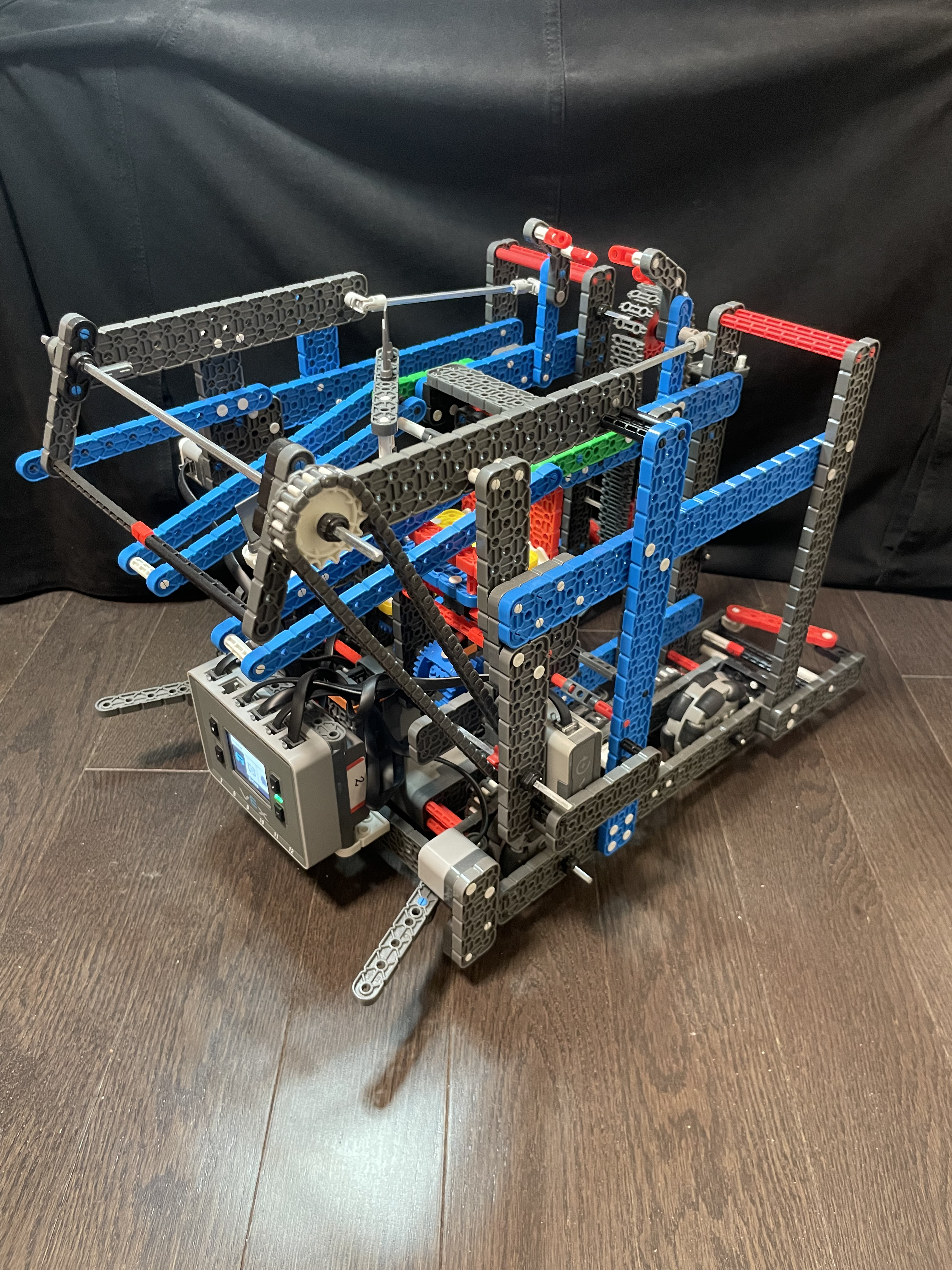
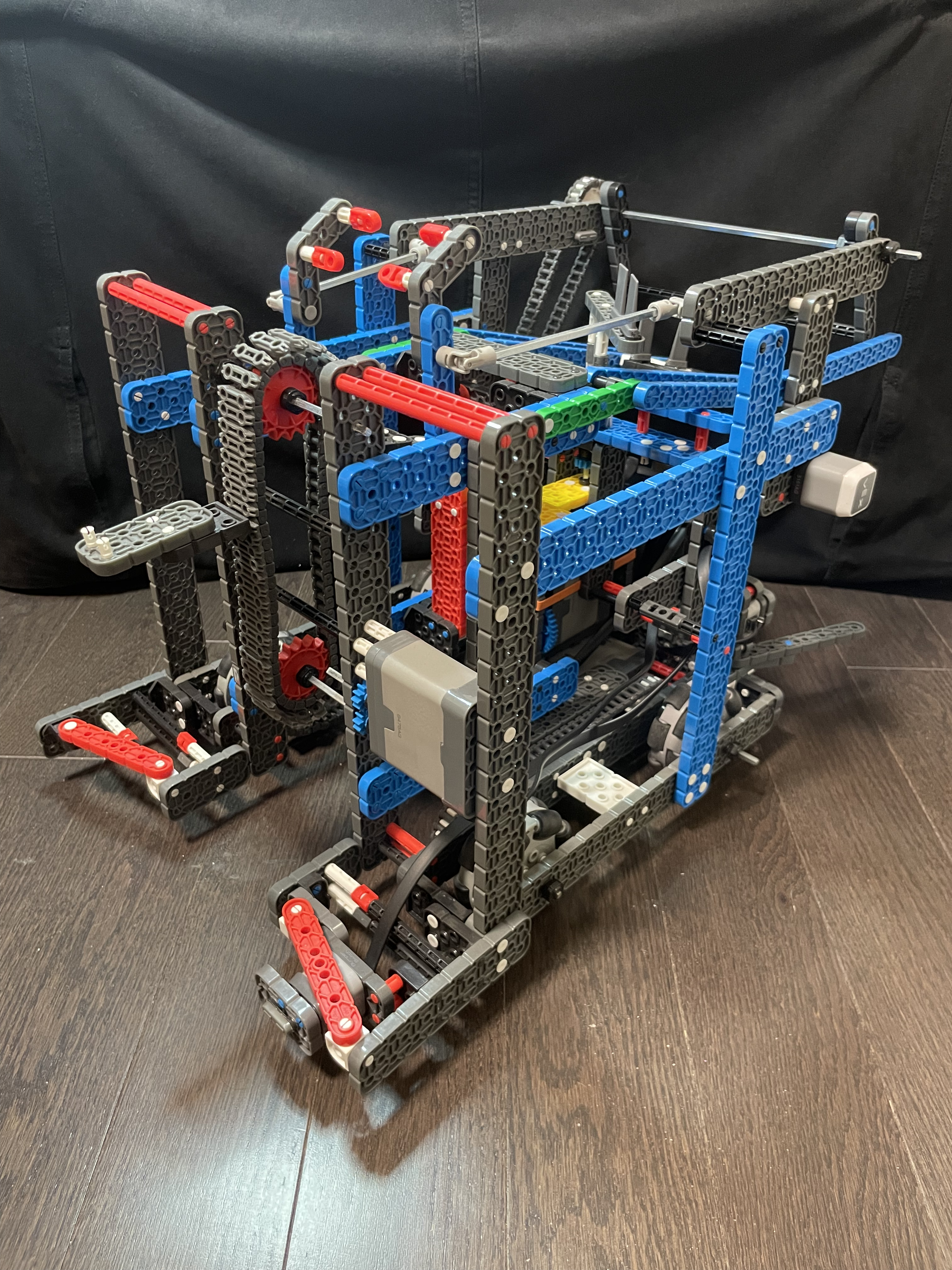
This robot collects ball, places them on top of cubes and sorts the cubes into their respective corners
My dads warehouse needed to be organized, but only being one person, it was a time and energy consuming process. This is where I offered to create an autonomous robot to remove this hassle
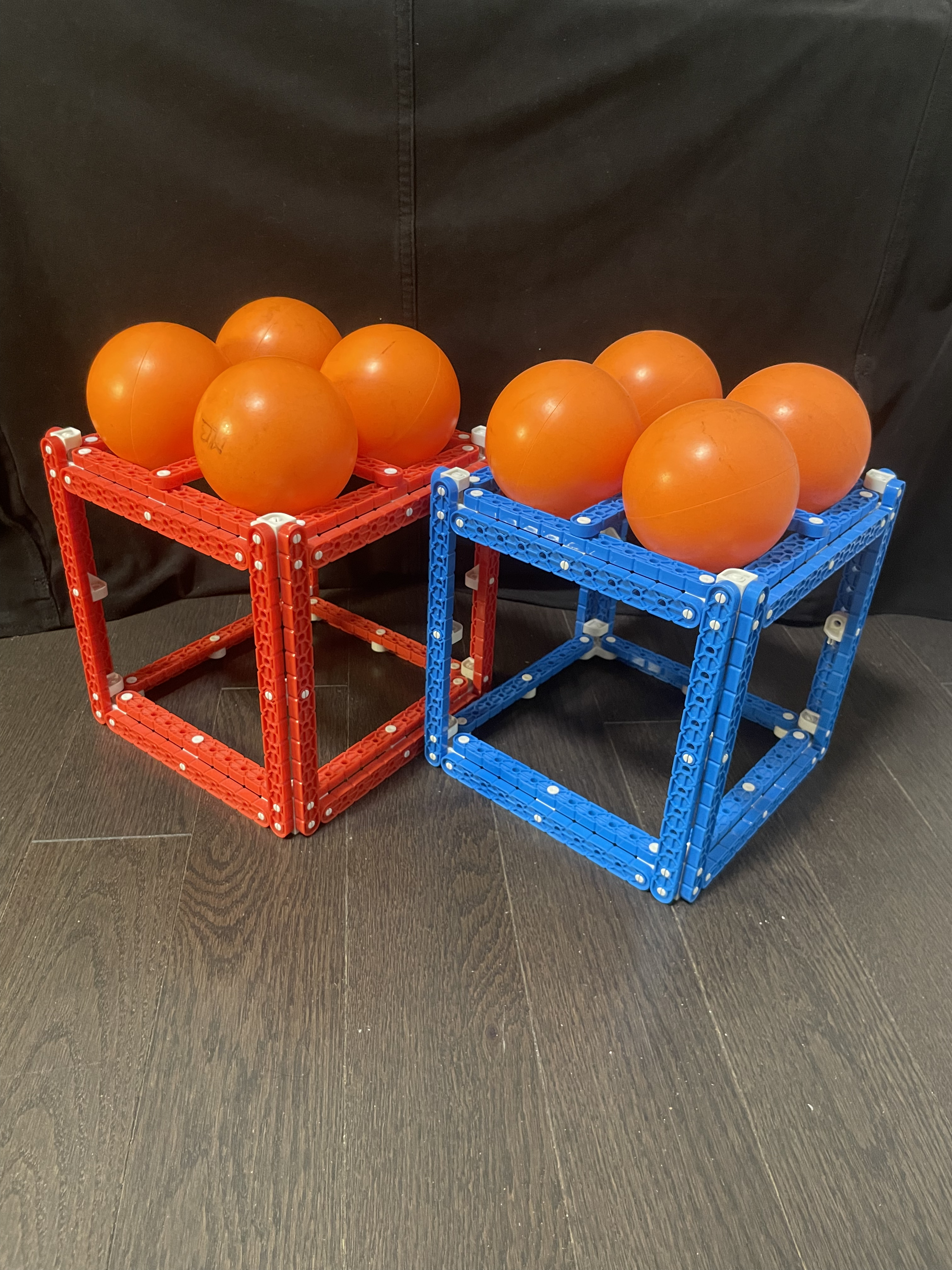
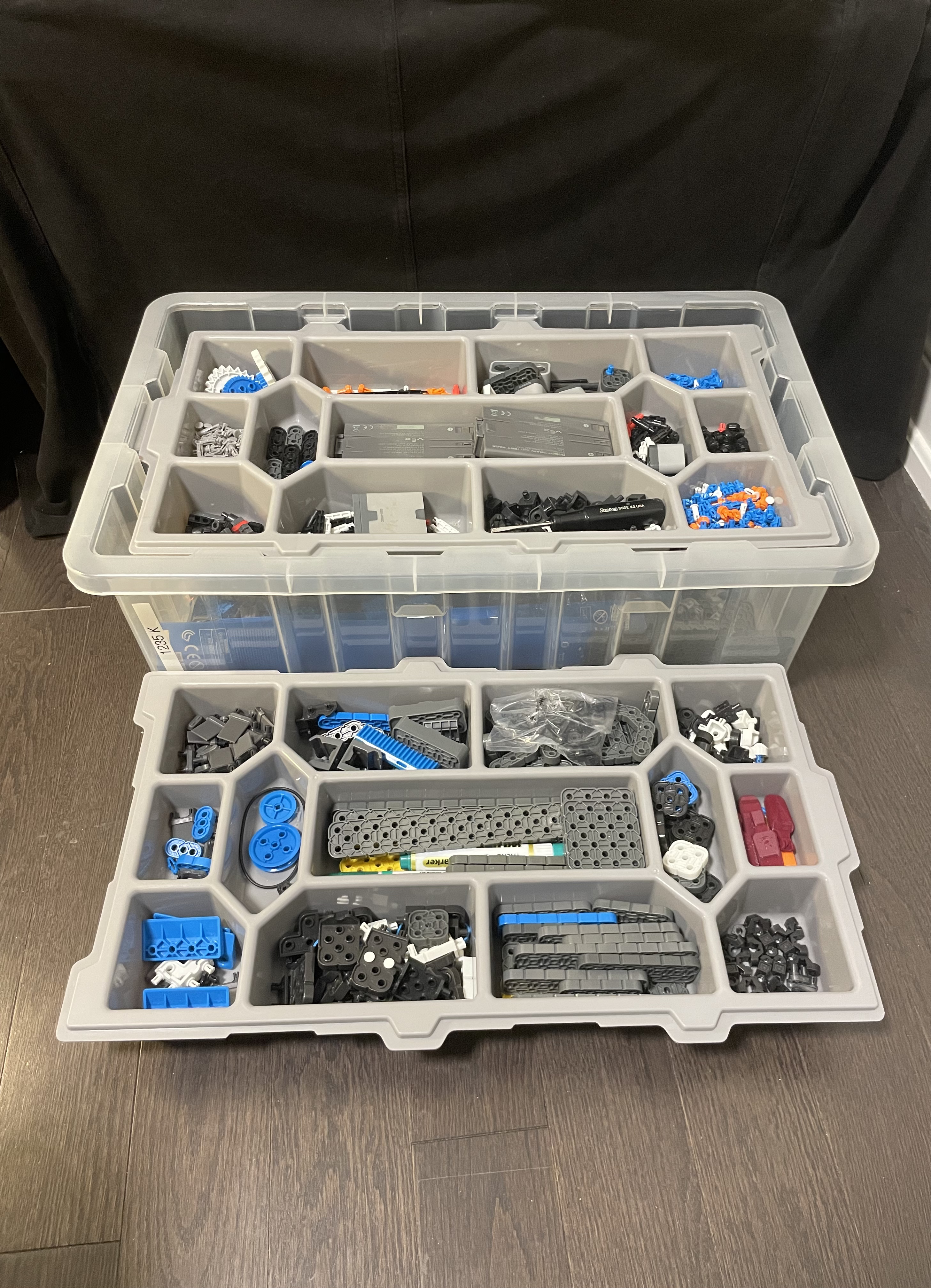
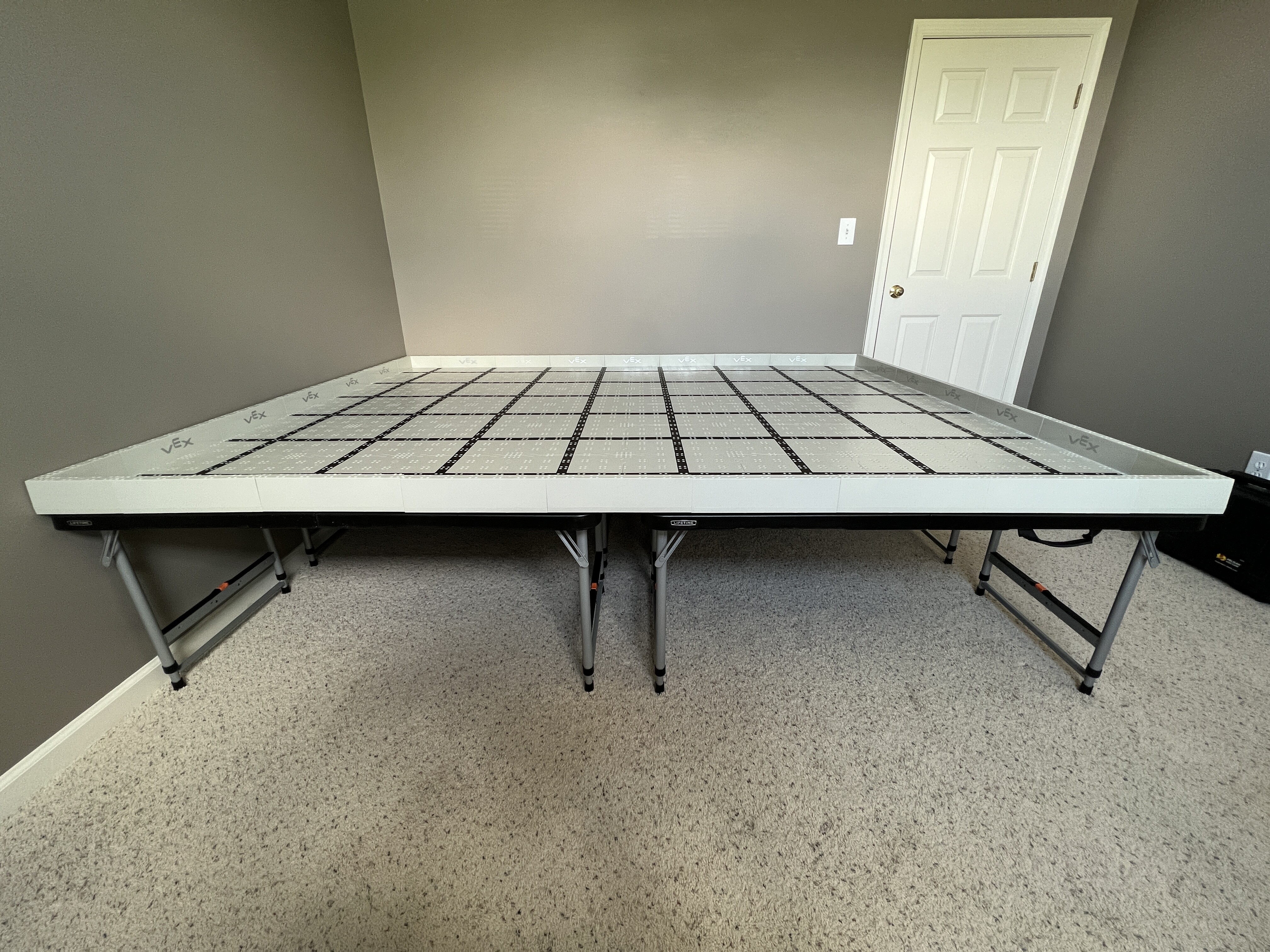
 copy.png)

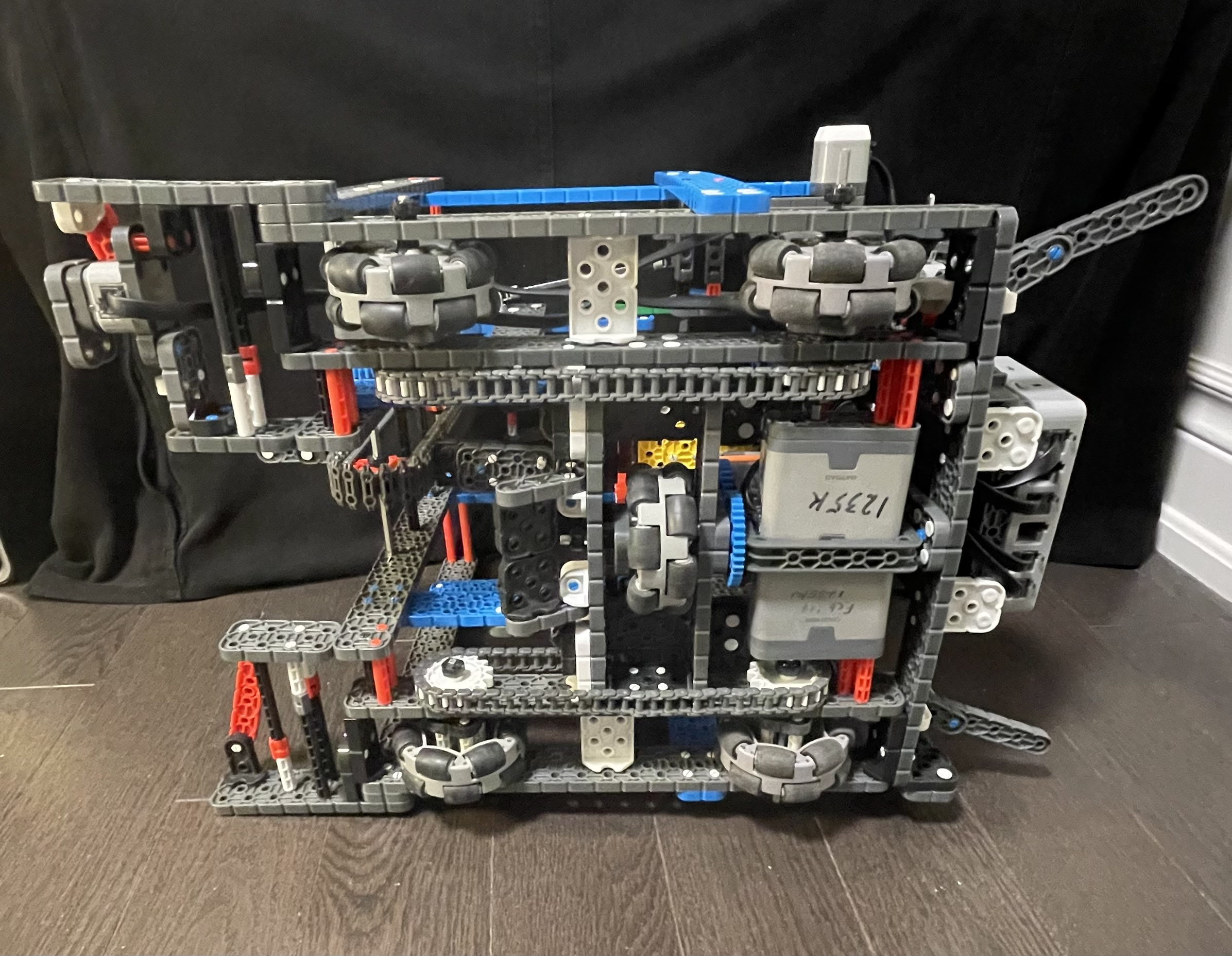
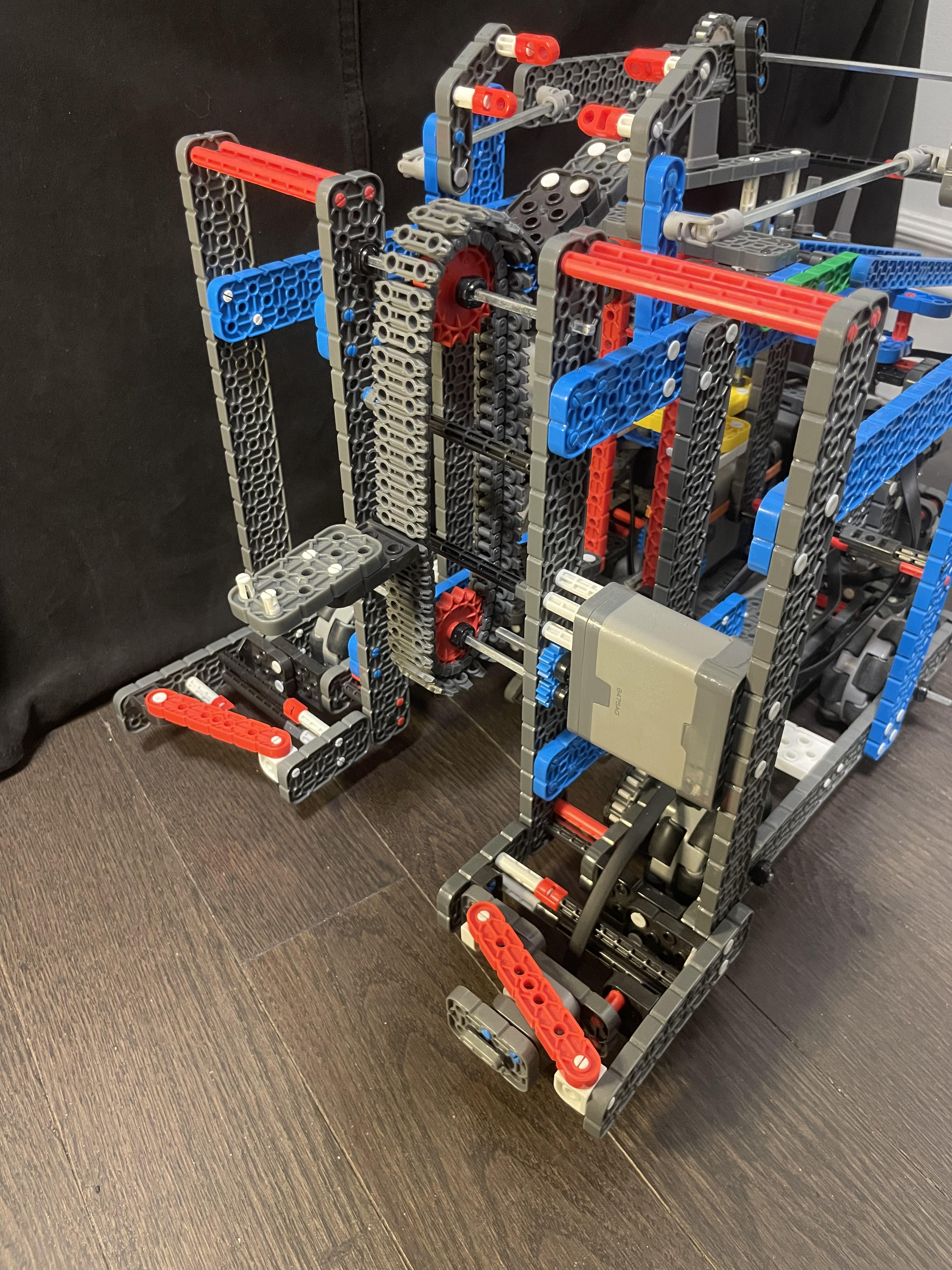
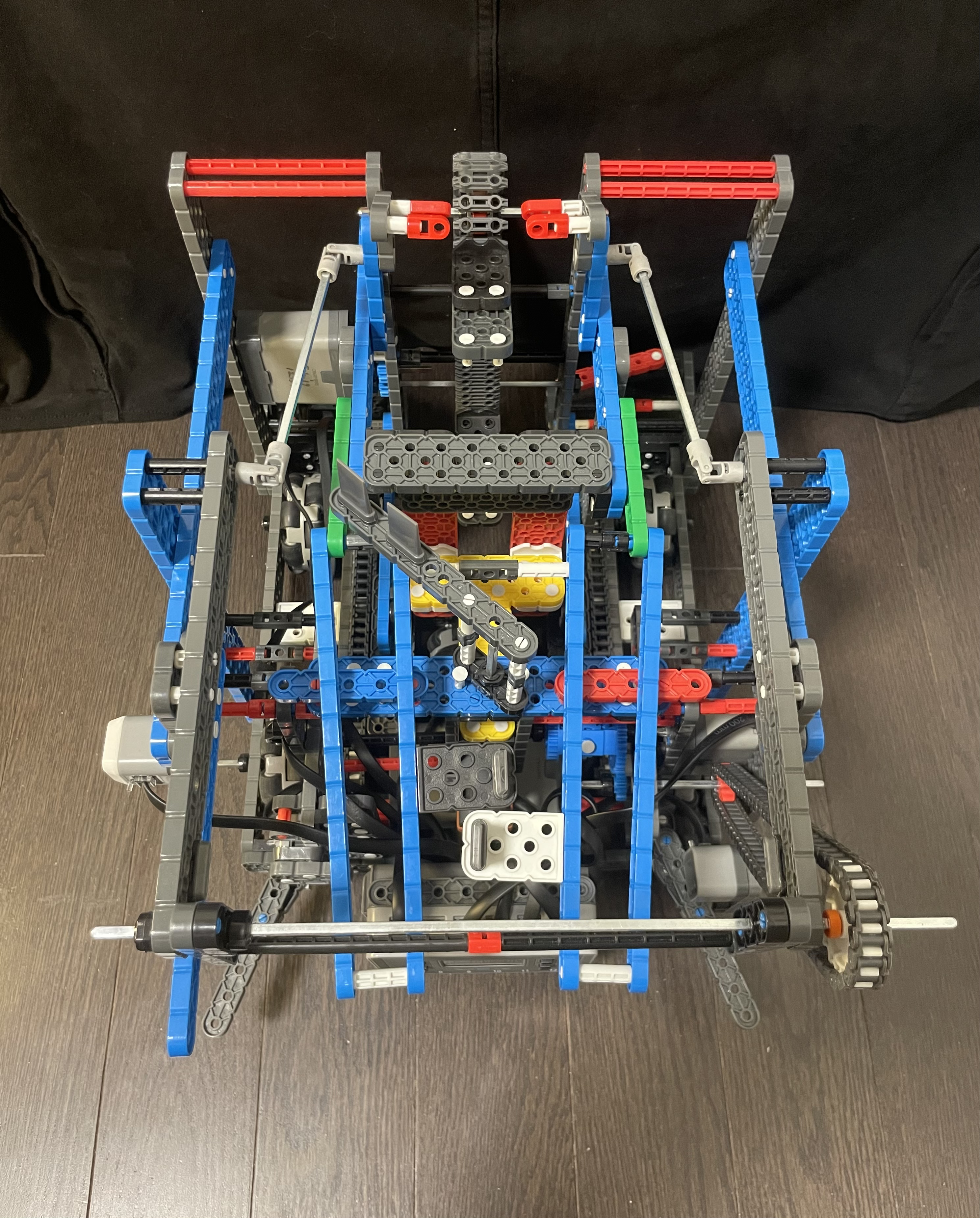
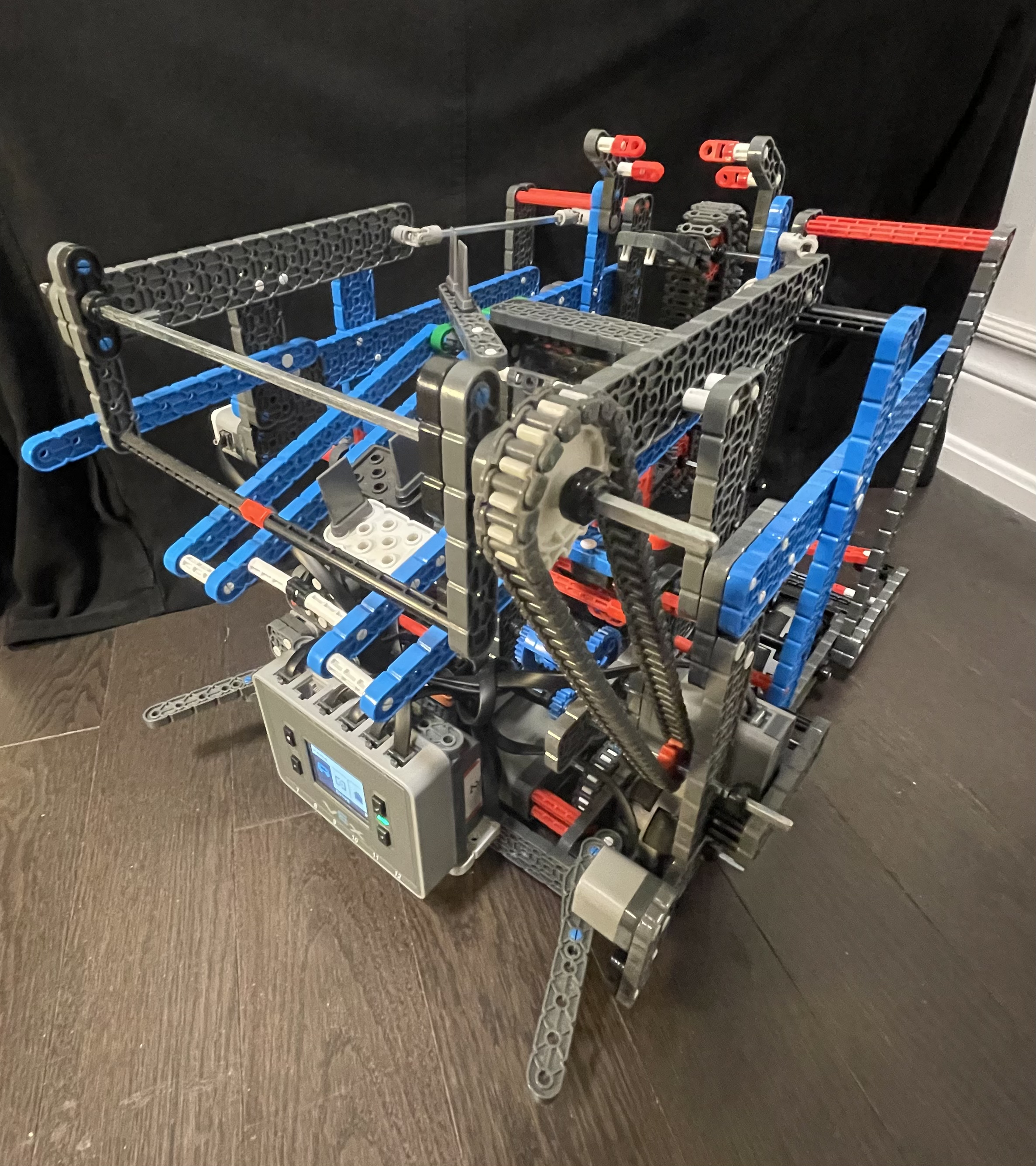
Touch LED
Front Bumper
Back Bumper
Color Sensor
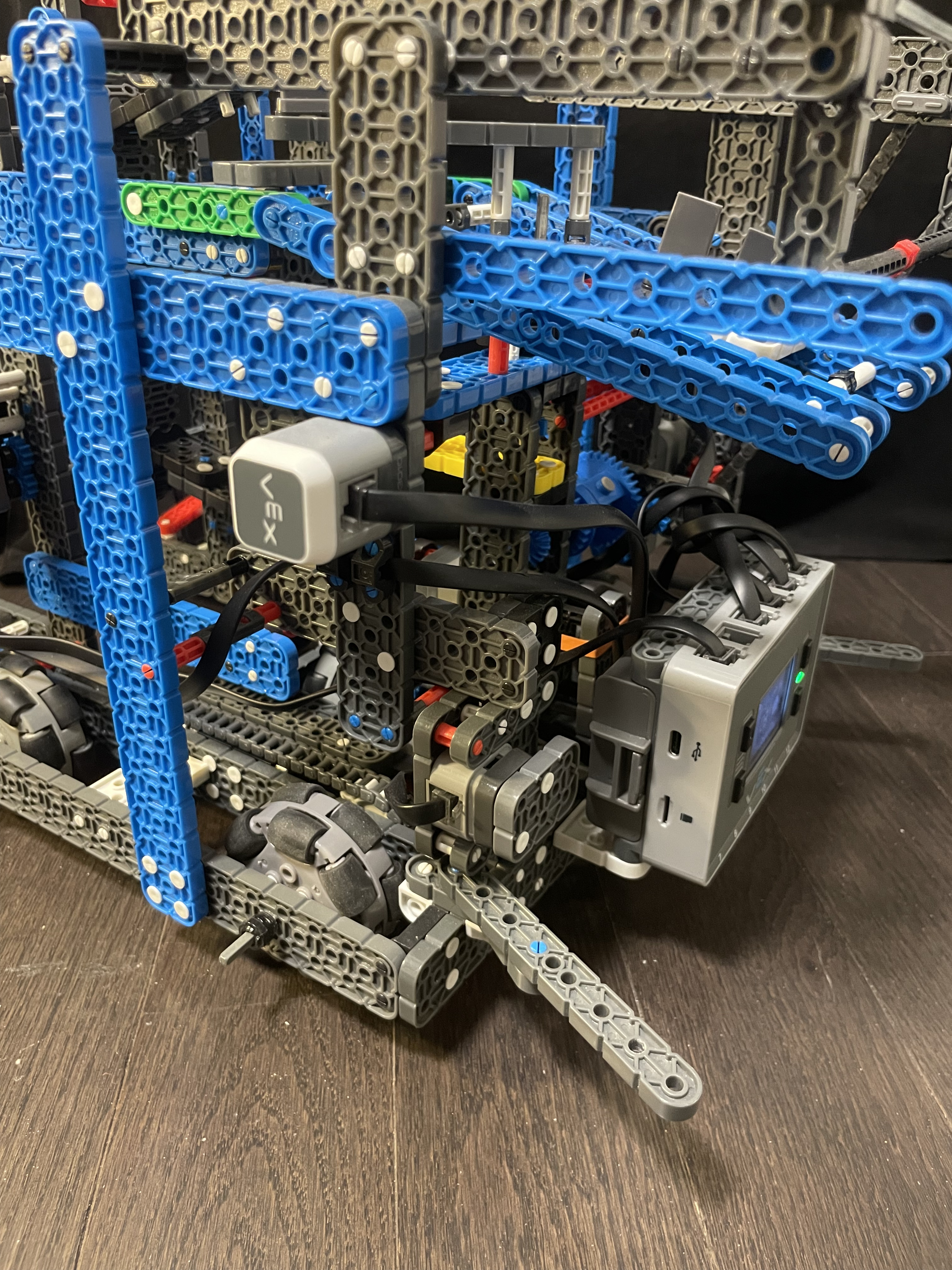
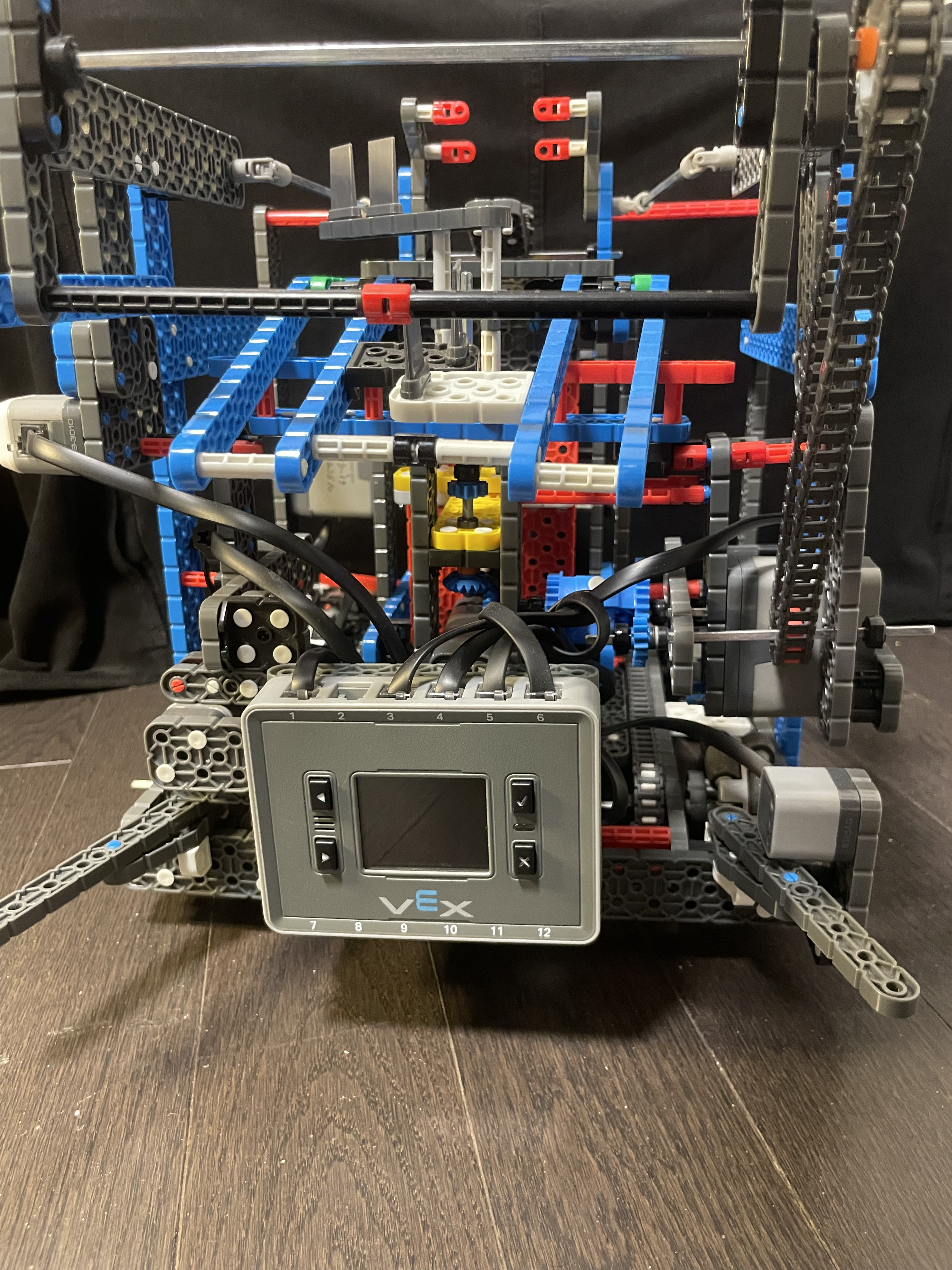
Differential Gearbox
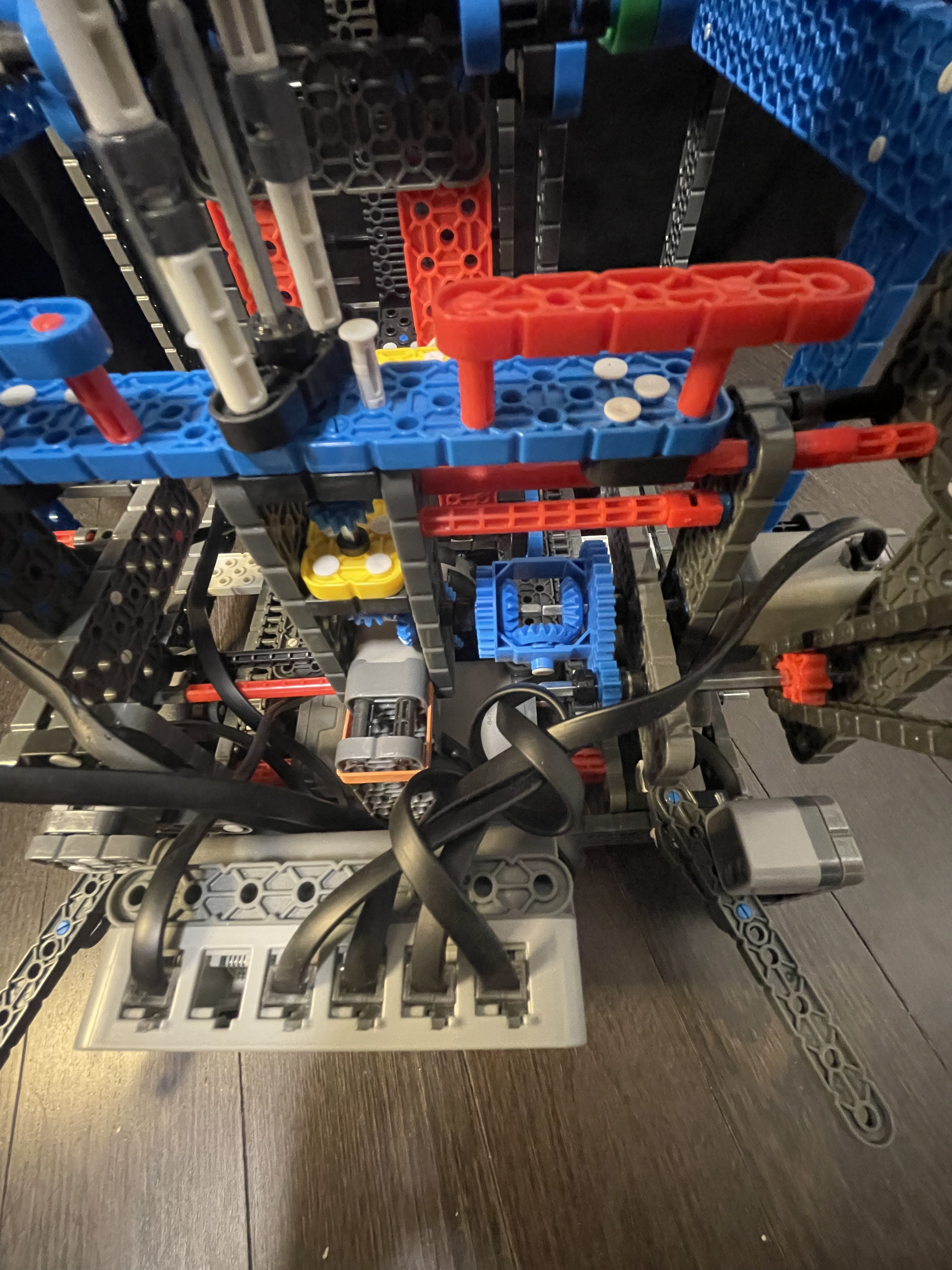
Keypad.ino